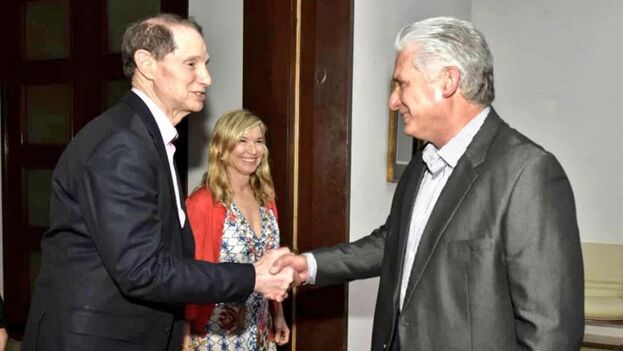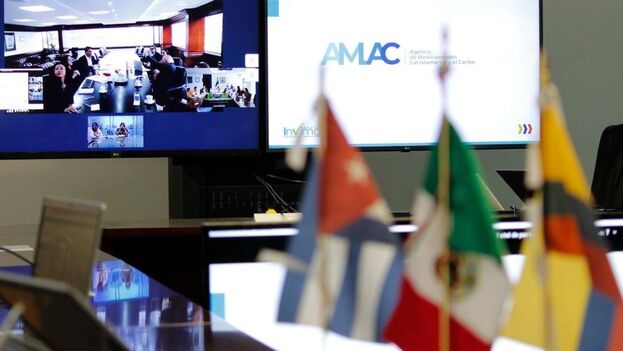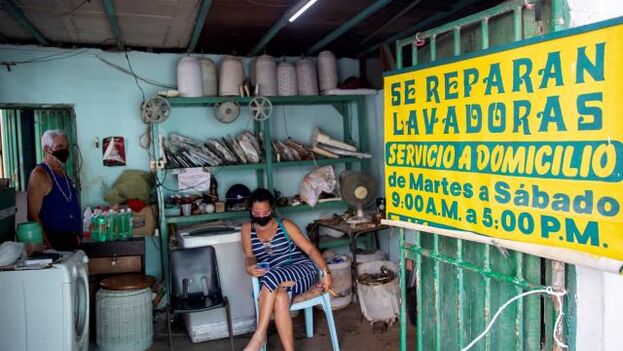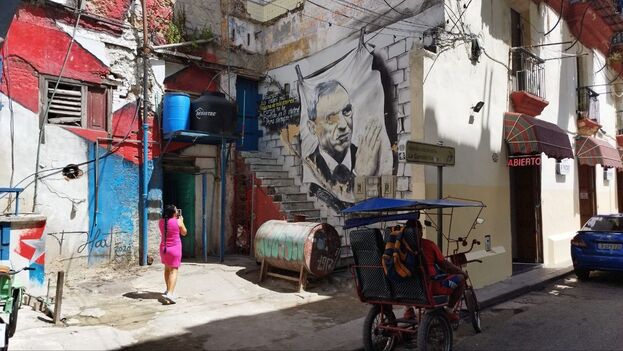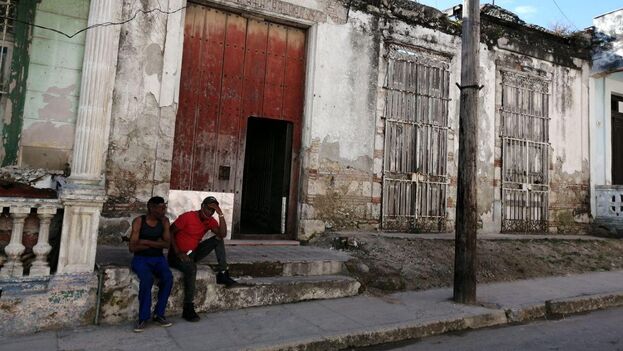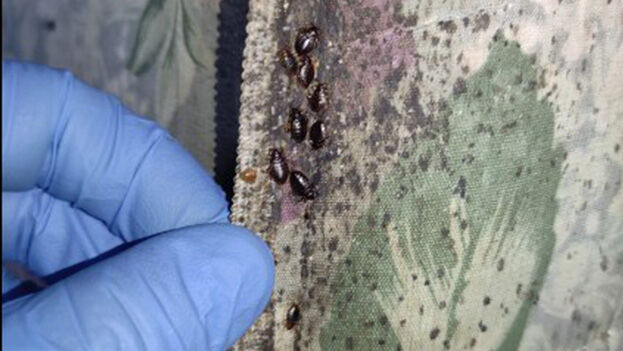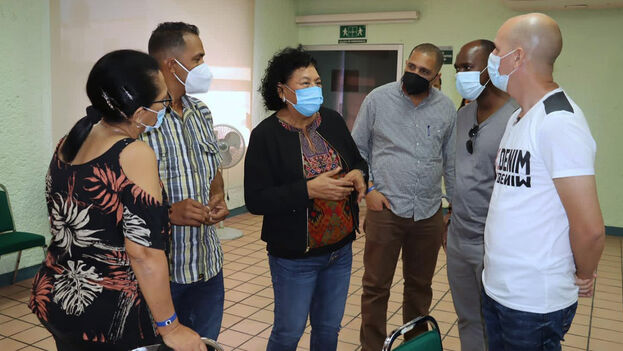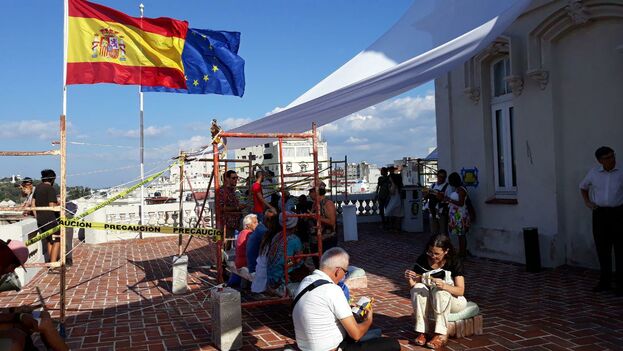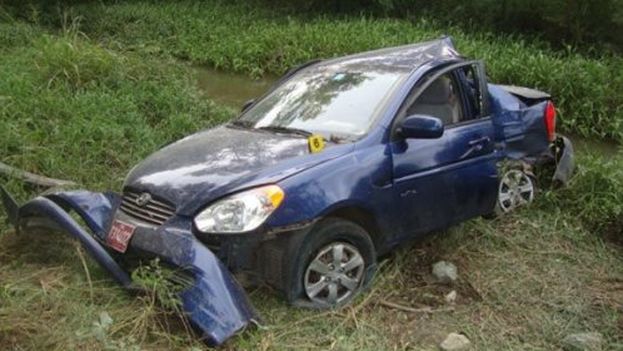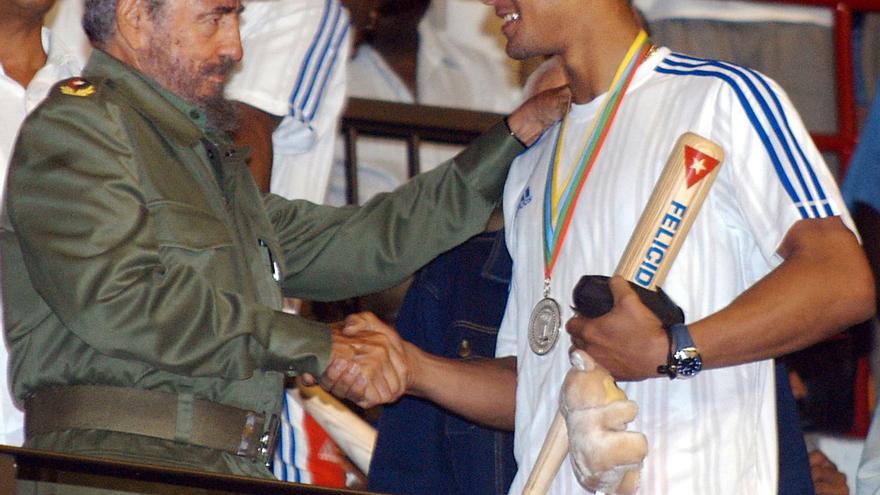
![]() 14ymedio, Havana, 19 March 19, 2023 — Cuba’s official press doesn’t hide the tension before the semifinal of the World Baseball Classic, which will take place today in Miami when the Cuban national team faces the United States team, which beat Venezuela yesterday by 9 to 7. The day has already taken on political overtones, and Cubans from both the Island and the exile have been fully engaged to answer several questions: What should be the attitude of the exile community towards the so-called Team Asere? Is the Cuban team an example of national reconciliation? Who will win or fail today?
14ymedio, Havana, 19 March 19, 2023 — Cuba’s official press doesn’t hide the tension before the semifinal of the World Baseball Classic, which will take place today in Miami when the Cuban national team faces the United States team, which beat Venezuela yesterday by 9 to 7. The day has already taken on political overtones, and Cubans from both the Island and the exile have been fully engaged to answer several questions: What should be the attitude of the exile community towards the so-called Team Asere? Is the Cuban team an example of national reconciliation? Who will win or fail today?
The Cuban government seems to have made things clear: musical themes, speeches, tweets, uniform raffles, analyses that promise the victory of the Island’s team and proclamations of several leaders are part of the team’s presentation machinery as an initiative of the regime, which needs a hit of popularity a few days before the election of deputies to Parliament.
Knowing that several exile activists have called for protests in the vicinity of the stadium, the official press has also released “messages” to counter these calls.
Both President Miguel Díaz-Canel and his wife, Lis Cuesta, have tweeted several times a day about the Cuban national team. The president transcribed the lyrics of the official theme of the selection, interpreted by the singer Alexander Abreu, while Cuesta motivated the criticism of users by asking that “water with eggshell powder” — ritual elements in Santería — be thrown on the field. continue reading
The project related to the regime’s Puentes de Amor [Bridges of Love] intiative, led in Florida by Carlos Lazo, declared that the game was a “historic event” and that the organization rejected “the attempts of individuals or groups to organize protests,” and “politicize or sabotage the event.” “We have already won!” Lazo said in his statement, in line with the Government’s forecasts.
Cubadebate promised a shirt and a cap from the Cuba team, in addition to a cellphone recharge of 125 pesos — in collaboration with the state telecommunications monopoly Etecsa — to whoever could answer a trivia question about Cuban baseball.
However, the readers continued to be suspicious of the announcement, by Etecsa, of a maintenance scheduled for Sunday on the telephone lines and Internet: “While these technical actions are being carried out, it may affect the operation of services, so the work will be carried out at the times with the lowest voice and data traffic.” “They’re going to take away our Internet so we don’t see what’s going to happen in the ball stadium. Miami warmed up,” a Facebook user joked.
Another controversial announcement was the placement of screens in parks, theaters and squares in different provinces, considered insufficient by readers; strong police surveillance is predicted. It is also expected that the game will not be broadcast live, but that the authorities will leave a margin of time to censor any problematic event or image.
Several fans and intellectuals recognize that in Team Asere there is a paradox that will have to be solved in Miami: Who does the team really represent?
“This is a country that doesn’t want them to take away the only thing it no longer has, but that it counts on,” Cuban translator Jorge Ferrer said on his Facebook profile. “The name of Team Asere for the hybrid team is a semantic, sociological and even poetic finding of enormous caliber.”
Writer Carlos Manuel Álvarez, for his part, pointed out that “people don’t know where to classify them right now, when a type of national series drives a major league series. It can be said that they generated an identity from the mixture, which is the only possible identity.”
Journalist Gilberto Dihigo complained that, as in all the “Byzantine fights” in which Cubans are involved, the one that takes the best advantage of the division is the Government of the Island, which washes its hands and places the responsibility of the national division in the hands of the people themselves, both inside and outside the country.
“Cuba belongs to everyone and has nothing to do with that outdated and oppressive system of opinions; therefore, the ball team does not belong to Castroism,” he said.
Translated by Regina Anavy
____________
COLLABORATE WITH OUR WORK: The 14ymedio team is committed to practicing serious journalism that reflects Cuba’s reality in all its depth. Thank you for joining us on this long journey. We invite you to continue supporting us by becoming a member of 14ymedio now. Together we can continue transforming journalism in Cuba.


